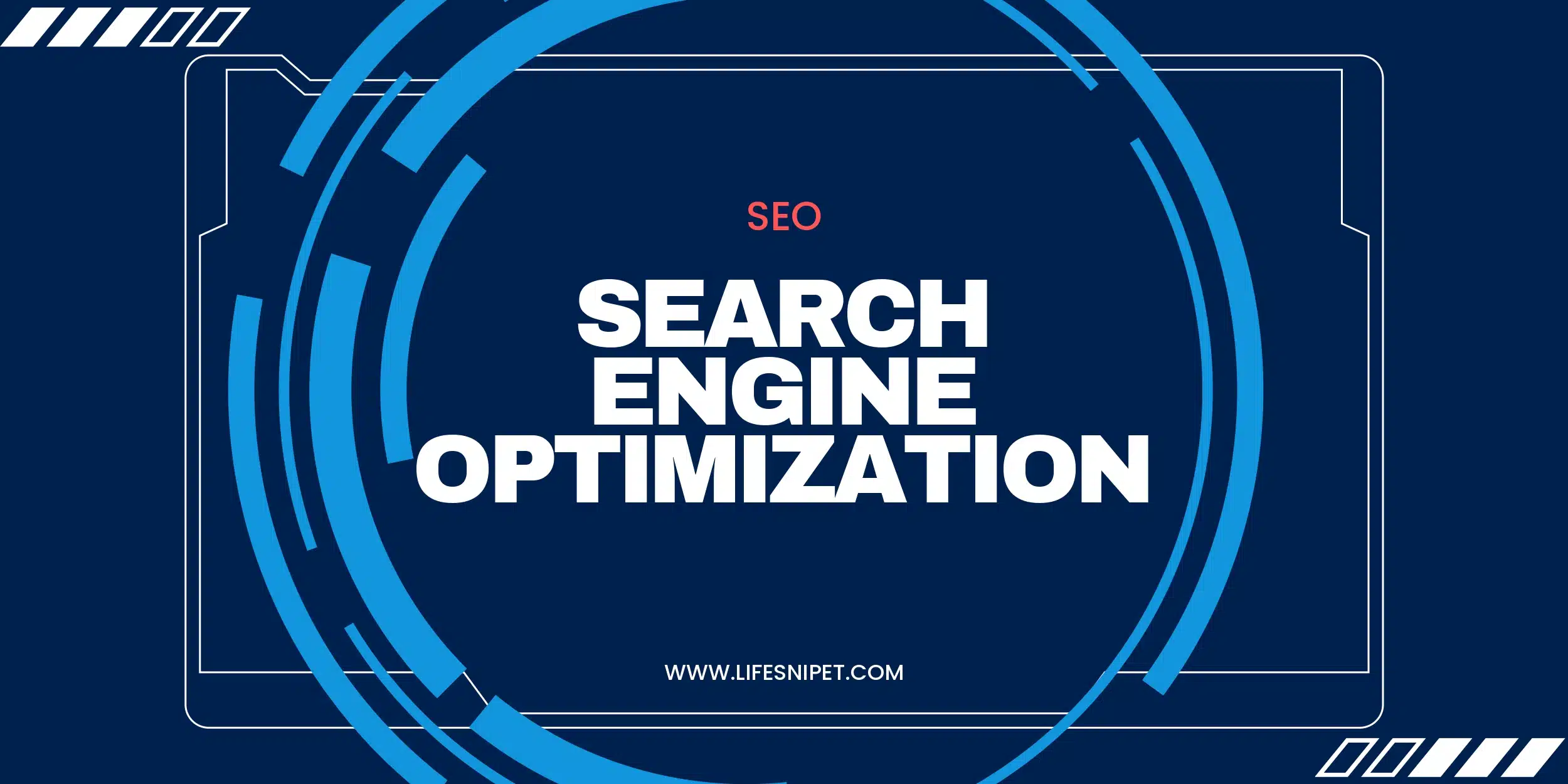As a website owner or publisher, monetizing your content through advertising is essential to generating revenue. You may have come across two popular advertising platforms: Google AdX and Google Adsense. Both platforms offer opportunities to display ads on your website but differ in various aspects. In this article, I will help you understand the differences between Google AdX and Google Adsense, their key features and benefits, factors to consider in choosing between them, and best practices for optimizing revenue. By the end, you will have a clearer picture of which platform suits your needs better.
Understanding the Differences between Google AdX and Google Adsense
Google AdX and Google Adsense are both advertising platforms offered by Google, but they serve different purposes. Google Adsense is designed for small to medium-sized publishers and website owners who want to monetize their content by displaying ads. It is relatively easy to implement and allows publishers to earn revenue through pay-per-click (PPC) or pay-per-impression (CPM) models.
On the other hand, Google AdX (formerly known as DoubleClick Ad Exchange) is a more advanced and premium advertising platform primarily designed for larger publishers and websites with high traffic volumes. It offers access to a larger pool of advertisers and provides more control and flexibility in terms of ad formats, targeting options, and pricing models. Google AdX operates on a real-time bidding (RTB) system, allowing advertisers to bid for ad placements in milliseconds.
Key Features and Benefits of Google AdX
Google AdX offers several key features and benefits that make it attractive to larger publishers and websites seeking advanced monetization options.
- AdX provides access to a vast pool of advertisers, including premium brands and agencies, resulting in higher-quality ads and potentially higher revenue. The platform uses a real-time auction system to ensure that publishers receive the highest possible bids for their ad inventory.
- AdX offers advanced targeting options, including audience segmentation, contextual targeting, and device-specific targeting. These features allow publishers to deliver more relevant ads to their audience, resulting in better user experiences and potentially higher click-through rates (CTR).
- AdX provides more control over ad formats and placements. Publishers can choose from a variety of ad formats, such as display ads and video ads, and have the flexibility to place them strategically on their website for maximum impact.
Key Features and Benefits of Google Adsense
While Google Adsense may not offer the same advanced features as AdX, it still provides several key benefits for small to medium-sized publishers.
- Adsense is easy to implement and requires minimal technical knowledge. Publishers can simply copy and paste a code snippet onto their website, and Google takes care of the rest, including ad selection, targeting, and payment processing.
- Adsense offers a user-friendly interface that allows publishers to track their ad performance, view earnings reports, and make adjustments to maximize revenue. This transparency and accessibility make it easy for publishers to optimize their ad placements and improve their monetization strategy.
- Adsense provides support for various ad formats, including display ads, text ads, and matched content. This versatility allows publishers to choose the format that best suits their website’s design and layout.
Factors to Consider in Choosing between Google AdX and Google Adsense
When deciding between Google AdX and Google Adsense, there are several factors to consider that can help you make an informed decision:
- Website Traffic: AdX is better suited for websites with high traffic volumes as it provides access to a larger pool of advertisers and potentially higher revenue. If your website has a lower traffic volume, Adsense may be a more suitable option.
- Monetization Goals: Consider your monetization goals and the level of control you require. AdX offers more control over ad formats, placements, and targeting options, making it ideal for publishers who want to optimize revenue through advanced strategies. Adsense, on the other hand, is more beginner-friendly and requires less management.
- Technical Expertise: AdX may require more technical expertise to implement and manage compared to Adsense. If you have limited technical knowledge or resources, Adsense may be a more practical choice.
- Content Quality: AdX attracts premium advertisers looking for high-quality content. If your website consistently produces high-quality content, AdX may be a better fit as it can potentially generate higher-paying ads. Adsense is more lenient in terms of content requirements.
Consider these factors based on your specific needs and goals to determine which platform aligns better with your website and audience.
Case Studies: Successful Implementations of Google AdX and Google Adsense
To further illustrate the potential of both Google AdX and Google Adsense, let’s take a look at two case studies highlighting successful implementations:
- Case Study: Publisher X – Google AdX: Publisher X is a large news website with millions of monthly visitors. By implementing Google AdX, they gained access to premium advertisers and saw a significant increase in revenue. The advanced targeting options allowed them to deliver highly relevant ads to their audience, resulting in higher engagement and click-through rates.
- Case Study: Blogger Y – Google Adsense: Blogger Y is a niche blogger with moderate website traffic. They monetized their blog through Google Adsense and saw steady revenue growth over time. The simplicity of Adsense’s implementation and management allowed Blogger Y to focus on creating content while still earning from their blog.
These case studies demonstrate that both platforms can be successful in different scenarios, depending on the website’s size, traffic, and goals.
Pricing and Revenue Potential of Google AdX and Google Adsense
The pricing models of Google AdX and Google Adsense differ, and understanding them is crucial in determining the revenue potential of each platform.
Google AdX operates on a real-time bidding (RTB) system, where advertisers bid for ad placements in milliseconds. The revenue potential of AdX depends on factors such as the volume and quality of website traffic, the competitiveness of the ad auction, and the ad formats being used. AdX generally offers higher revenue potential due to its access to premium advertisers.
Google Adsense, on the other hand, uses a pay-per-click (PPC) or pay-per-impression (CPM) model. Publishers earn revenue when visitors click on ads or when ads are displayed on their websites. The revenue potential of Adsense depends on factors such as the ad placement, the niche or industry of the website, the click-through rate (CTR), and the cost-per-click (CPC) of the displayed ads.
To maximize revenue potential, publishers need to optimize their ad placements, target relevant audiences, and continually monitor and adjust their strategies based on performance.
How to Integrate Google AdX and Google Adsense into Your Website
Integrating Google AdX and Google Adsense into your website is relatively straightforward. Here are the general steps to get started:
- Sign Up: Create an account with Google AdX and/or Google Adsense, depending on your chosen platform(s). Provide the necessary information and follow the on-screen instructions to complete the sign-up process.
- Implement Code Snippets: After signing up, you will receive code snippets from Google. Copy and paste these snippets onto your website’s HTML or CMS templates, ensuring that they are placed in the appropriate locations. This step ensures that ads are loaded and displayed correctly on your website.
- Customize Ad Settings: Once the code snippets are implemented, you can customize your ad settings through the respective platforms’ user interfaces. Adjust parameters such as ad formats, ad sizes, ad placements, and targeting options to align with your website’s design and monetization goals.
- Monitor and Optimize: Regularly monitor the performance of your ads through the platforms’ analytics and reporting tools. Analyze metrics such as revenue, click-through rates, and audience engagement to identify areas for improvement. Make adjustments to your ad placements, targeting, and strategies to optimize revenue and user experience.
Best Practices for Optimizing Revenue with Google AdX and Google Adsense
To maximize your revenue potential with Google AdX and Google Adsense, consider the following best practices:
- Strategic Ad Placements: Experiment with different ad placements on your website to find the most effective positions for generating clicks and engagement. Consider placing ads above the fold, within content, or in prominent sections of your website.
- Targeting and Segmentation: Leverage the advanced targeting options offered by AdX to deliver highly relevant ads to your audience. Use audience segmentation, contextual targeting, and device-specific targeting to increase engagement and click-through rates.
- A/B Testing: Continuously test and compare different ad formats, sizes, and placements to identify the most effective combinations. A/B testing allows you to optimize your ad strategy based on real-time data and user behavior.
- Optimized Landing Pages: Ensure that the landing pages linked to your ads are optimized for conversions. Provide a seamless user experience and relevant content to increase the likelihood of visitors taking desired actions.
- Regular Performance Analysis: Regularly analyze the performance of your ads using the platforms’ reporting tools. Identify trends, patterns, and areas for improvement to continually optimize your ad placements and strategies.
By following these best practices, you can maximize your revenue potential and create a positive user experience for your website visitors.
Conclusion: Which Is Better for You – Google AdX or Google Adsense?
In conclusion, choosing between Google AdX and Google Adsense depends on your specific needs, goals, and website characteristics. If you are a larger publisher with high traffic volumes and desire more control and advanced features, Google AdX may be the better option. It offers access to premium advertisers, advanced targeting options, and more control over ad formats and placements.
On the other hand, if you are a small to medium-sized publisher with moderate website traffic and limited technical resources, Google Adsense provides a user-friendly and easy-to-implement solution. It offers simplicity, a variety of ad formats, and an intuitive interface for tracking performance and optimizing revenue.
Ultimately, no single platform is universally better than the other. The decision should be based on your specific circumstances and goals. Consider factors such as website traffic, monetization objectives, technical expertise, and content quality to make an informed choice. Whichever platform you choose, remember to implement best practices, monitor performance, and continually optimize your ad strategy to maximize revenue potential.
FAQs
Q. Can I use both Google AdX and Google Adsense on the same website?
Yes, you can use both Google AdX and Google Adsense on the same website. However, it’s important to carefully manage the ad placements and avoid excessive ad clutter that could negatively impact the user experience.
Q. Will using Google AdX or Google Adsense affect my website’s loading speed?
The impact on your website’s loading speed depends on various factors such as the number of ads, ad formats, and ad placements. It’s essential to optimize your website’s performance and monitor the impact of ads on loading speed.
Q. Can I switch from Google Adsense to Google AdX or vice versa?
Yes, you can switch from Google Adsense to Google AdX or vice versa. However, the process may involve technical considerations and potentially require changes to your website’s ad integration. It’s recommended to consult with a technical expert or seek support from Google during the transition.
Q. How can I track the performance of my ads on Google AdX and Google Adsense?
Both Google AdX and Google Adsense provide robust reporting and analytics tools to track the performance of your ads. These tools offer insights into metrics such as impressions, clicks, revenue, and ad viewability, allowing you to optimize your ad operations and revenue generation.
Q. Can I use Google AdX or Google Adsense on a non-English website?
Yes, you can use both Google AdX and Google Adsense on non-English websites. Google supports multiple languages and offers localized ad targeting options, allowing you to monetize your content regardless of the language.

Welcome to LifeSnipet! At LifeSnipet, we’re your ultimate source for the latest health updates. Specializing in health and fitness-related diseases, we delve deep into Ayurvedic techniques, providing you with a comprehensive understanding of well-being. Explore our real-time updates, detailed articles, and ancient Ayurvedic wisdom for a holistic approach to health. Embark on a journey to a healthier, vibrant life with LifeSnipet – where your well-being is our priority!











